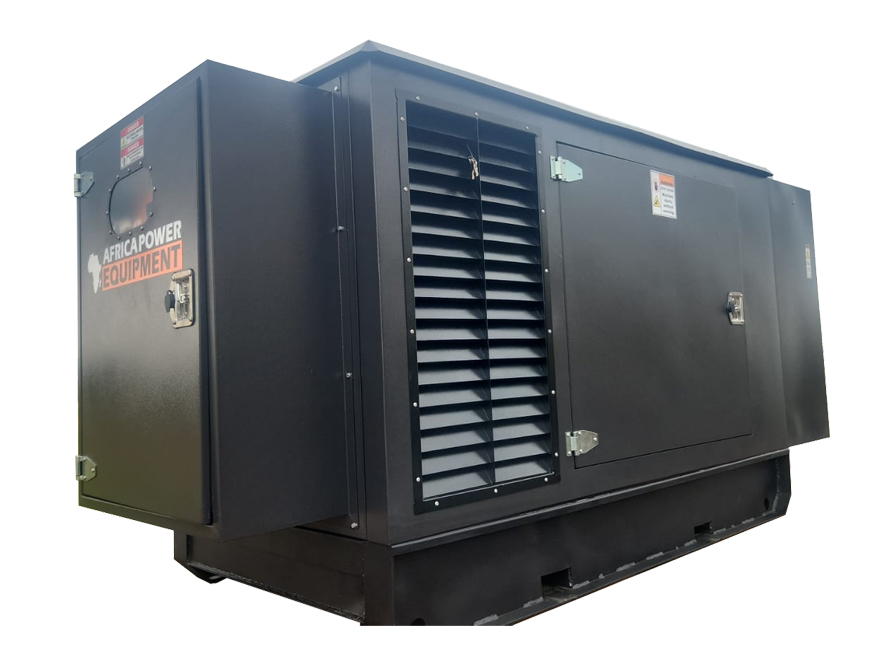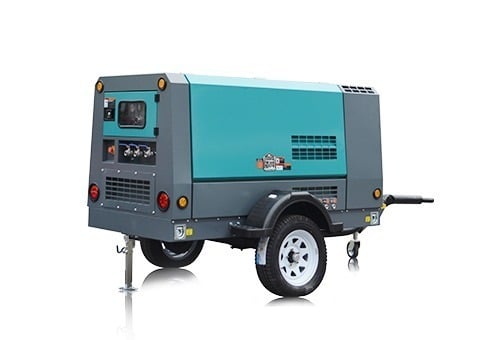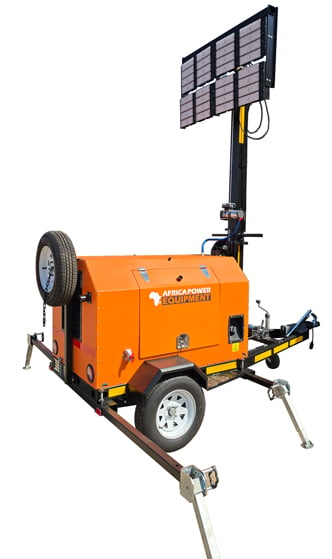Understanding Net Metering in South Africa: How It Works and Who Can Benefit
As solar energy adoption increases across South Africa, many homeowners and businesses are exploring net metering—a system that allows you to feed excess solar power back into the grid and receive credit.
But how does net metering actually work in South Africa? And is it worth it?
This guide explains everything you need to know about net metering, its current availability, how billing works, and what to consider before signing up.
☀️ What Is Net Metering?
Net metering is a billing system that lets you export unused solar electricity to the national or municipal grid and receive credits for it. These credits can then offset your future electricity usage.
In essence, your electricity meter runs backwards when you generate more power than you consume.
⚙️ How Net Metering Works (Step-by-Step)
-
Daytime Generation
Your solar system generates electricity. If you don’t use all of it immediately, the excess flows to the grid. -
Power Exported to Grid
Your smart meter records how much power you send back. -
Credits Earned
You get credit (in kWh or rand value) on your electricity bill for every unit sent to the grid. -
Night-time or Cloudy Days
When solar isn’t available, you pull from the grid as usual—and your credits are used to reduce what you owe.
🇿🇦 Is Net Metering Available in South Africa?
Yes, but not nationwide. Availability depends on your municipality or energy provider.
✅ Municipalities Offering Net Metering (or similar feed-in tariffs):
-
City of Cape Town
-
City of Johannesburg (City Power)
-
Nelson Mandela Bay
-
eThekwini Municipality (limited pilot projects)
Key Requirement:
You must have a bidirectional smart meter installed and an approved Small-Scale Embedded Generation (SSEG) application.
💡 Types of Grid-Connected Solar Billing in SA
| Type | Description | Credit Given |
|---|---|---|
| Net Metering | kWh-for-kWh credit system | 1:1 or close |
| Feed-In Tariff (FiT) | Paid a fixed rate per kWh exported | R0.70–R1.10/kWh |
| Net Billing | Exported power credited at lower rate than import | Common setup |
👉 Important: Net metering in SA is often closer to net billing, where you buy electricity at a higher rate than you’re paid for exporting.
🧾 Billing Example
Let’s say you:
-
Consume 500 kWh in a month
-
Export 200 kWh of excess solar
Without Net Metering:
You pay for 500 kWh usage (full price)
With Net Metering or Net Billing:
You only pay for 300 kWh net consumption, or get credit for 200 kWh (depending on tariff)
⚠️ Limitations to Be Aware Of
-
You won’t get cash back—only credits against your bill
-
Feed-in credits are often lower than the purchase rate
-
System size may be capped (e.g., <100kW for residential)
-
Not all municipalities have the infrastructure or policy to support net metering yet
✅ Benefits of Net Metering
-
💰 Reduces your monthly electricity bill
-
🔄 Improves ROI on solar system investment
-
⚡ Optimizes excess power rather than wasting it
-
🔋 Useful even without a battery
📄 How to Apply for Net Metering in South Africa
-
Check municipal policy or Eskom if you’re directly supplied
-
Submit an SSEG registration and wiring diagram
-
Install a compliant inverter and grid-tied system
-
Have a bi-directional smart meter installed by your provider
-
Sign the grid-use and feed-in agreement
🔍 Visit your municipality’s website or speak to a solar installer to check if you’re eligible.
🧠 Do I Need Batteries for Net Metering?
No. Net metering makes batteries optional.
However, if load shedding is a concern, a hybrid inverter + battery setup gives you:
-
Power backup during outages
-
Flexibility to store or sell power
🔌 Related Articles
✅ Final Thoughts
Net metering in South Africa is a powerful way to maximise your solar system’s value—especially in municipalities that support it.
While it won’t eliminate your bill, it helps you reduce reliance on the grid, cut costs, and shorten your return on investment.
Thinking about grid-tied solar? PowerEquipment.co.za can help you design a compliant, net-metering-ready system with the right inverter, panels, and installation.





